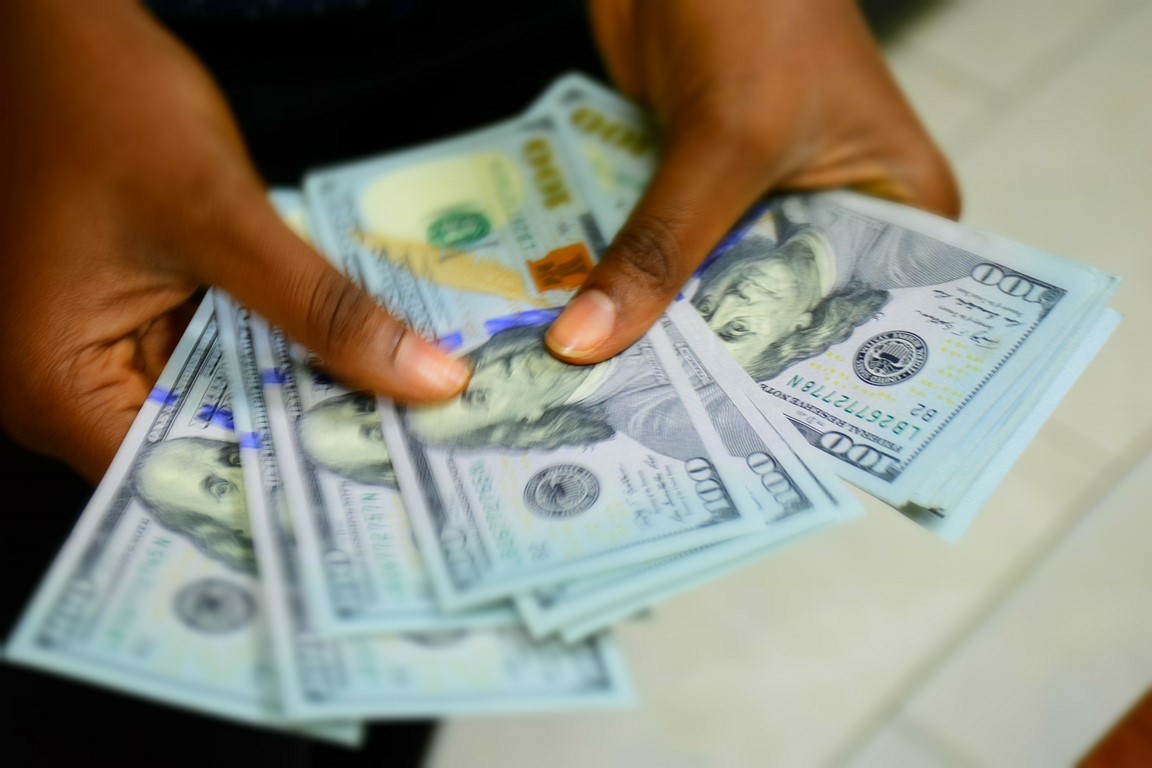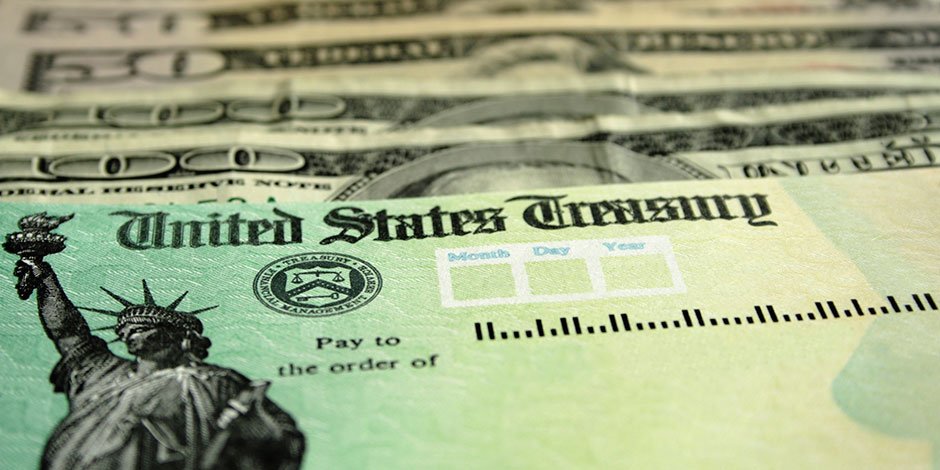The US dollar bulls finally regained some control of the market after three weeks of consecutive declines. Nonetheless, despite a 1% rally last week, the dollar index suffered 1.9% declines in the first quarter.
The weakness in the greenback may be attributed to multiple factors, but the major one was the tax reform uncertainty. The failure to pass the healthcare reform vote by Trump’s administration cast doubt on the President’s ability to deliver on other promised policies, and the market’s primary concern have become on whether he could unite Republicans behind his pro-growth plans.
The economic data released was rather mixed last week. U.S. PCE continued to firm in February, rising above the Fed’s 2% target and personal income rose 0.4%. Consumption, on the other hand, wasn’t encouraging as real personal spending slipped back by 0.1% in February, suggesting a lack of confidence amongst U.S. citizens, but given that many workers faced delays in tax refunds we’re likely to see spending figures recover in March.
Monetary policy makers have spent the last two weeks reminding investors of their intention to keep tightening monetary policy, which indicates that the Fed officials are going ahead with their plans regardless of what the U.S. administration achieve on the fiscal side.
Advertisement
Xi-Trump Summit
Finally, the time has come for the leaders of the two largest economies to meet. According to the White House, the meeting will be focused on global, regional, and bilateral issues of mutual concern. In fact, the meeting will more likely be focused on the US trade deficits with China. What makes this summit more complicated is the U.S. President’s intention to penalize currency manipulators, which China likely to be on the top of the list. If tensions escalated between the both Presidents, we’re likely to experience a wave of risk aversion, which will not only hurt the U.S. dollars but even global equities.
Fed minutes
Advertisement
After the Fed raised interest rates by 25 basis points in March, the dollar tumbled sharply due to what was interpreted a dovish hike. The little tweaks in the statement and economic projections suggested that the economy is still moving on the right path, but there was no evidence of overheating economy, and no requirement to fasten the pace of tightening.
However, most of the recent speeches by Fed officials seemed more hawkish, and Wednesday will reveal more insight on how monetary policymakers are thinking when the minutes are released.
Non-farm payrolls
Traders’ favorite indicator is due to release on Friday. After a robust reading last month of 235,000, economists expect the number of jobs to slow down to 180,000. If the pace of job growth started showing signs of weakness, it might be bad news for U.S. dollar bulls. However, I believe earning growth will play a more important role, so it’s better to have a full picture of the jobs report before trading on the data.
Advertisement
Add a comment







